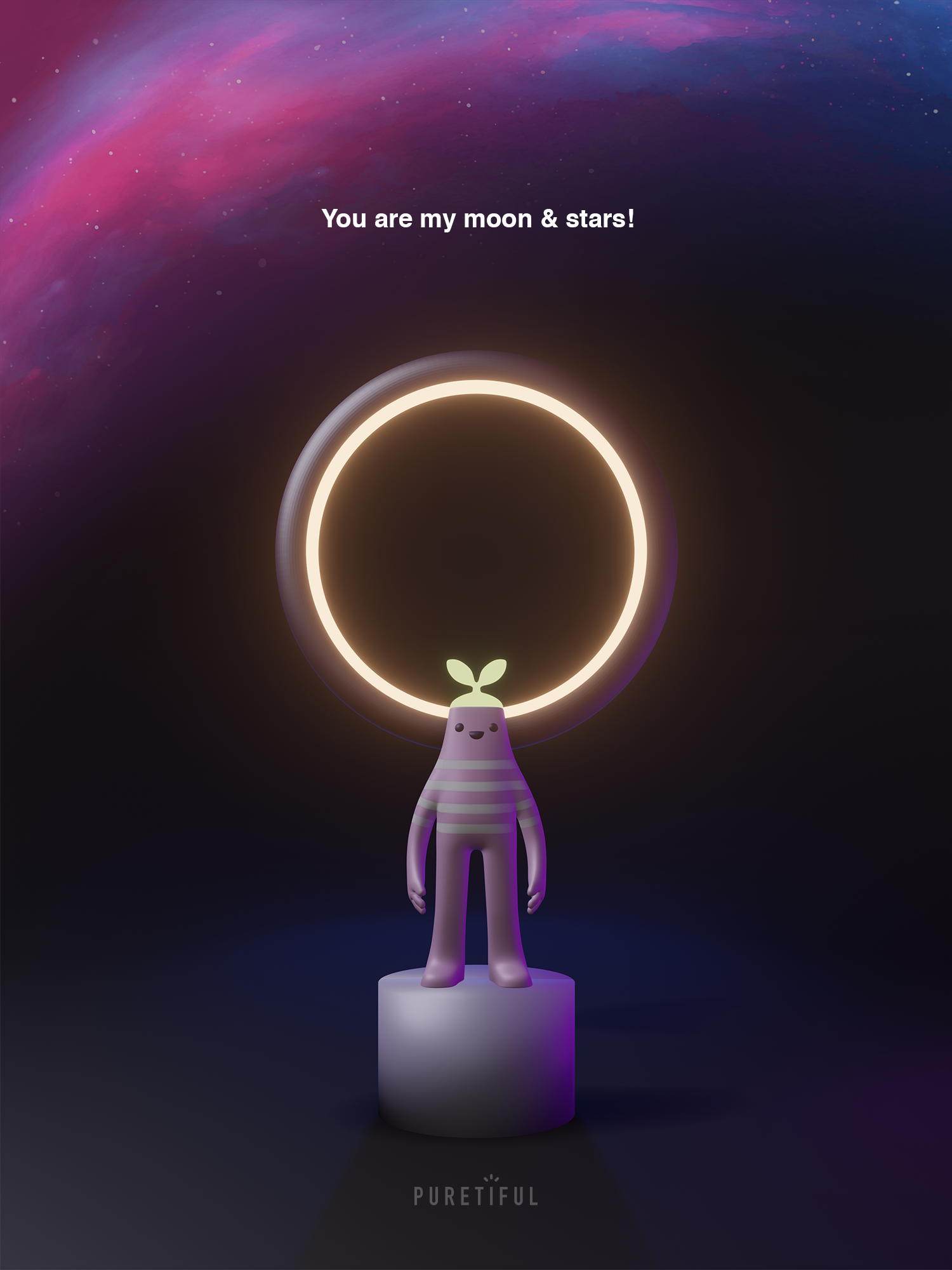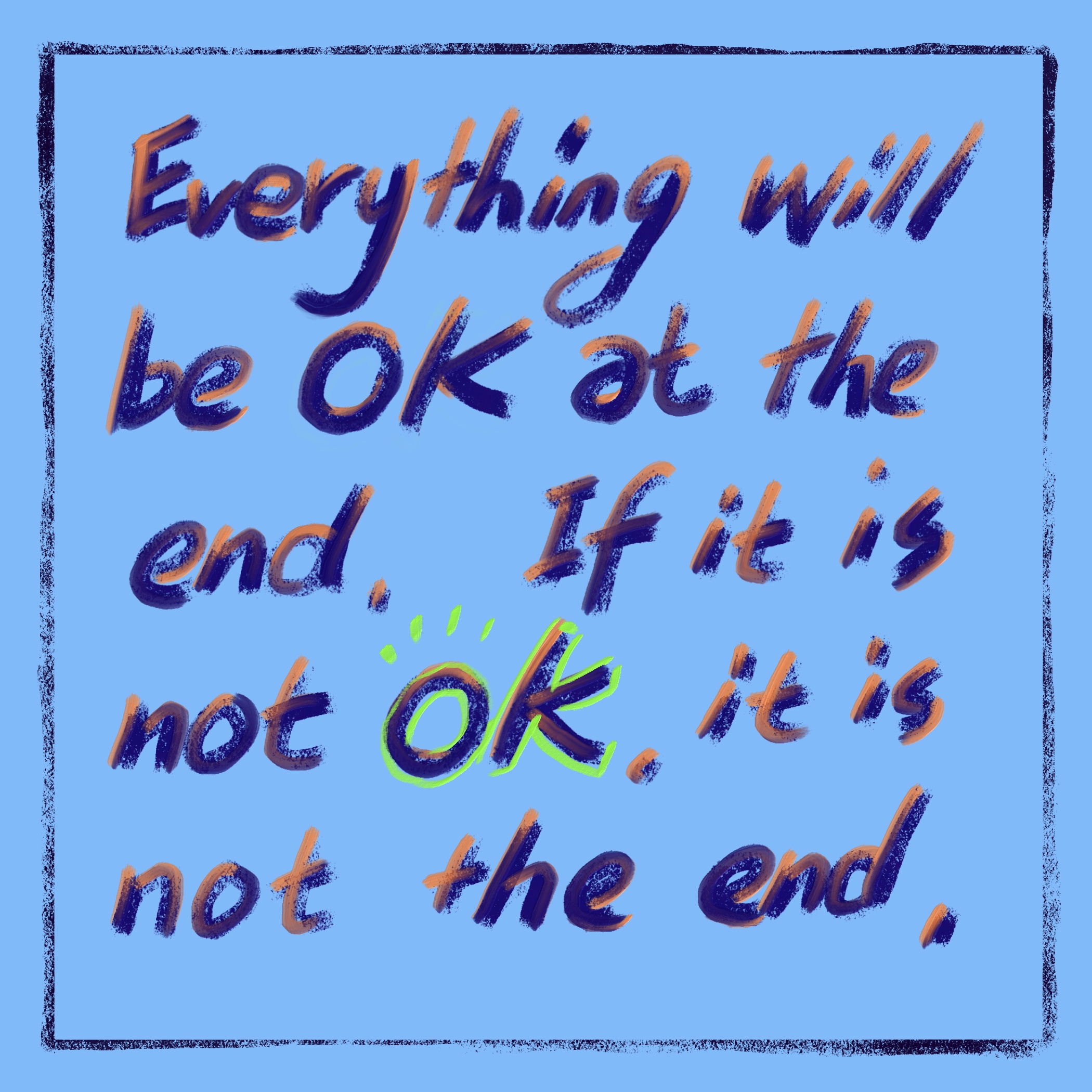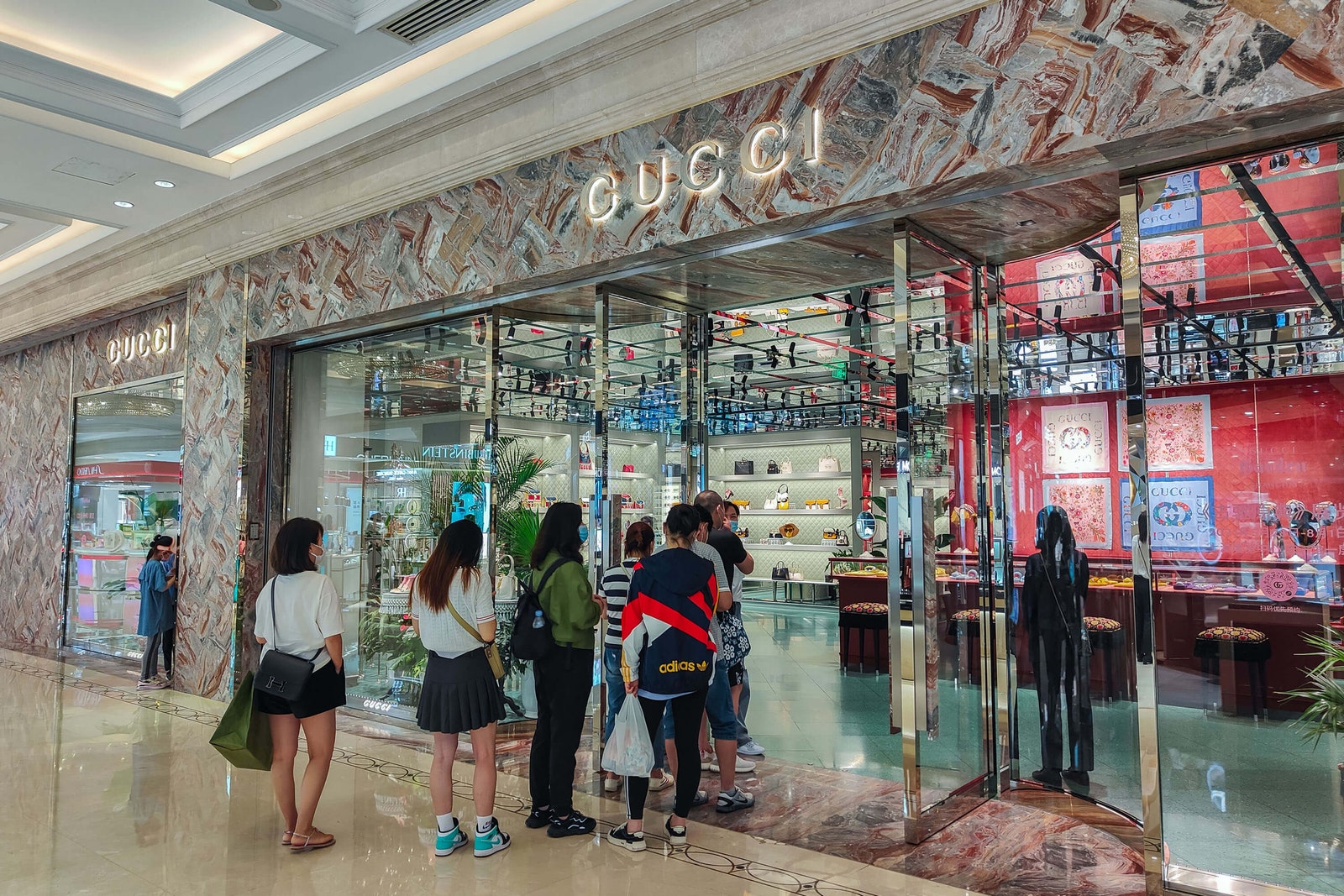Social Game is fun
Having fun is an important part of social life, especially for youth & young adults who are developing their social network.
I was inspired to see the latest trend in China on LinkedIn that young adults are having fun with the new locational-based Hide & Seek social game. It also reminds me of a concept I did for Central Research Laboratory UK back in 2001. (more on that at the end)

Location Based Service (LBS)
The Social Game is run on Amap (Chinese name GaoDe Map solely owned by Alibaba group). By turning on the Location Based Service (LBS) tracking feature, users can participate in a group Hid & Seek game with friends or strangers!
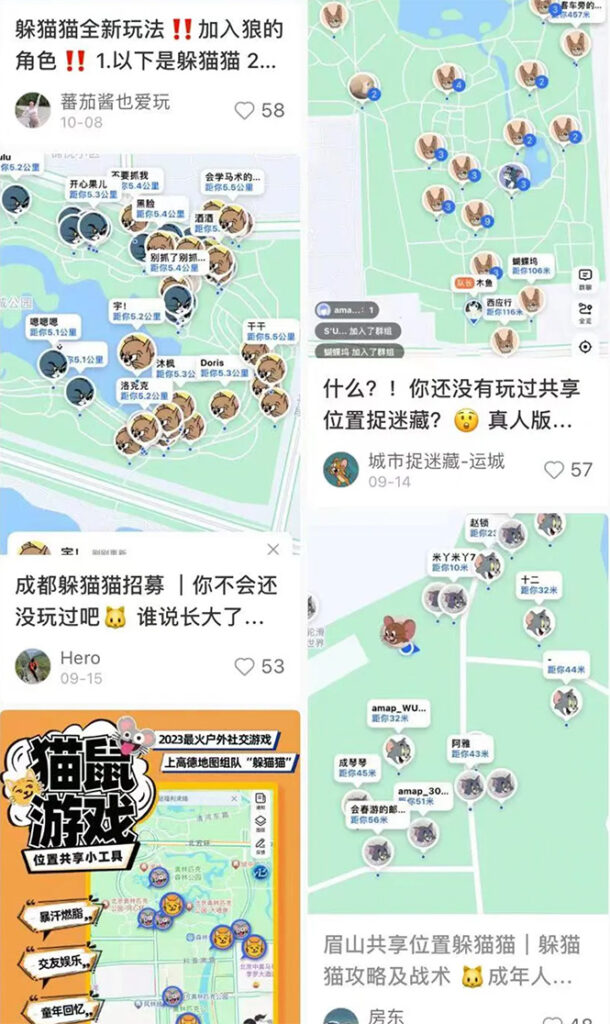
The Hide & Seek Game
Participants can create or join a Social Game with a fee through a social media account.
Players are randomly assigned a role as a Cat or Mouse by the game host, then change their location track avatar to Tom or Jerry (not sure if they got the license from Warner Bros).
When the game is played at night, players will wear a glow-in-the-dark bracelet, so can easily identify each other’s identity.
Basic Roles
- The game is typically played within a large park or public space
- Each game lasts for 40 minutes
- Mouses will have 3 minutes to run and hide before the game starts
- Players can NOT hide in Toliets or outside of the park
- When a Cat catches a Mouse, the Mouse will need to change their Avatar to a Cat and then help catch the other Mice
- Catch all Mice within time limits, Cat teams win as Cat King/Queen
- Any Mouse that survives the Game wins as Mouse King/Queen
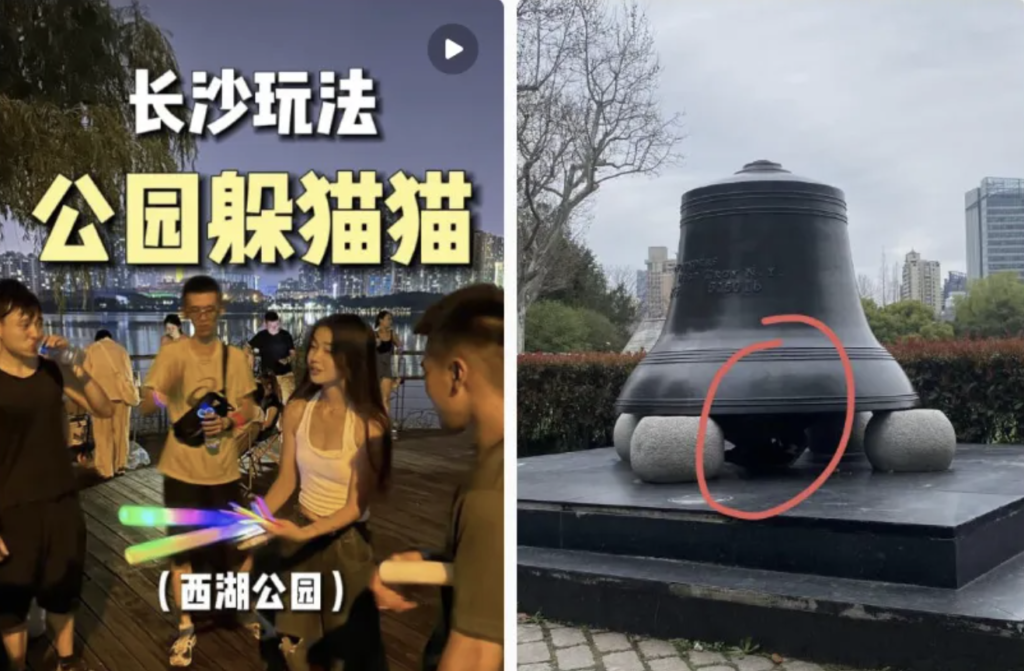
Social Games to have fun and make friends
The game spread like wildfire into 50+ cities in 6 months and continues to spread into different types of social games.
Hide & Seek social games are getting popular as they help connect with new friends, especially those who arrive in a new city for study or work. The simple yet fun game also serves as an outdoor sport while running around for fun.
The Story of a Bluetooth Social Dating Game
As I mentioned earlier, this social game reminds me of an old project I did for Central Research Laboratory UK.
CRL was a British research laboratory that originally belonged to the EMI Corporation. It was responsible for developing or initiating many innovations including the CAT Scanner, Stereo sound & audio mixing technology, early LCD technology etc.
I was studying my postgraduate in Central Saint Martin’s then, and was recommended by my professor to work in CRL as a Summer Intern.
One of my jobs was to conceptualise potential commercialisation ideas for some of the early technologies in CRL.
Early Bluetooth Technology development
Back in 2001, Wi-Fi and Bluetooth technology was just in its infancy. While connection to the internet requires a dial-up through a 56k modem!
My assignment was to come up with potential applications for the new Bluetooth technology which offers short-range and low-energy communication technology.

Bluetooth-powered Social Connectivity
One of my proposals was to leverage Bluetooth technology to connect people around a proximity area.
Targeting youth or young adults who are interested in connecting with people with a common interest in public areas. For example, find a companion for a coffee, visit a museum, watch a movie or karaoke etc. around the same location.
Bluetooth Social Dating Game
The solution was a simple badge or bracelet with LED signals embedded with Bluetooth technology which connected to the personal mobile phone. (e.g. the popular Nokia then LOL)
- Users set an interest or activity that he/she interested in connecting with a companion.
- For example, a user set the interest to visit the British Museum.
- By turning on the notification, the Bluetooth Badge or Bracelet will scan the area with the same interests
- Once the same interest is found in proximity, the LEDs on the Badget or Bracelet will start to blink
- The blink frequency increases as the users closer to one another until both interested parties meet each other
- When your badge or bracelet constantly lit up, the other party is within 2 meters range, and the matching is done

Technology enables social connectivity
One of my original sketches above depicts sports players seeking to meet new friends with common hobbies.
The Bluetooth badges can be designed in different forms and accessories to match the specific aesthetic preference of the interest group.
The Bluetooth device not only helps make new friends, but it becomes a badge of identity, a sense of belonging to a social group when used in the sports community.
While technology connects us over long distances, it can also create social isolation when text messaging replaces in-person conversations.
Call me old school, but I believe more innovations are needed to re-vitalize human connectivity in real life, and great to see the fun Hide & Seek game helps bring people together again!

